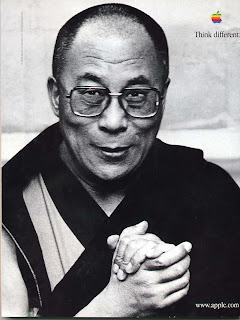As WRIT2011 draws to an end, I thought it
would be a good time to reflect upon my experiences throughout this subject. In
other courses we are sometimes asked to write a reflexive journal as a part of
our assessment – I often thought this was a pointless task, and just a way to
achieve easy marks. However, reflective upon your own learning is actually
rather difficult – to critically assess what you have learnt and what opinions
or ideas have changed throughout your learning.
As I look back over 12 weeks of WRIT2011
some weeks particularly stand out to me – maybe because I found them the most
enjoyable, or I learnt the most from them. For example, in week three the topic
was image, art, religion and body and we were given an insight into the work of
Linde Ivimey. It has been so long since I have been to an art gallery, or even
taken the time to observe and think about a piece of work. During this week I
was able to listen to the artists intent, and really consider how her pieces
connected to notions of religion and spirituality.
Similarly, I found I really enjoyed the
week eight topic on nature and spirituality. As with a lot of topics in
WRIT2011, this particular week taught me to look beyond the normal and typical
view of life, and consider its other dimensions. We all have a particular place
that we find serene or peaceful, but its like we neglect to think about why
these spaces change the way we feel. I enjoyed thinking about why and how my
sacred and spiritual space made me feel physically different and emotionally
well.
Week 10 saw a topic that I find
particularly interesting, and have a passion for. We seem to have, as a nation,
an unrealistic or unbalanced intolerance for people of diverse beliefs or
cultures. But why? I found an interesting quote the other day that seemed to
put all of this into context. It read:
“Your car is German. Your vodka is Russian.
Your pizza is Italian. Your kebab is Turkish. Your democracy is Greek. Your
coffee is Brazilian. Your tea is Tamil. Your shirt is Indian. Your oil is Saudi
Arabian. Your electronics are Chinese. Your numbers Arabic, your letters Latin.
And you complain that your neighbor is an immigrant? Pull yourself together.”
This simply highlights how peculiar it is
that we judge so critically about different races, religions and cultures. We
are all apart of one global community, and we are all essentially the same.
Media and technology should help to bring us together, not tear us apart.
These few weeks are just some of my
favorites throughout the course. On a general note I have been able to develop
my communication and writing skills (even writing a blog for the first time!)
and been able to recognize how much of a role religion and spirituality plays in
facets of life.



